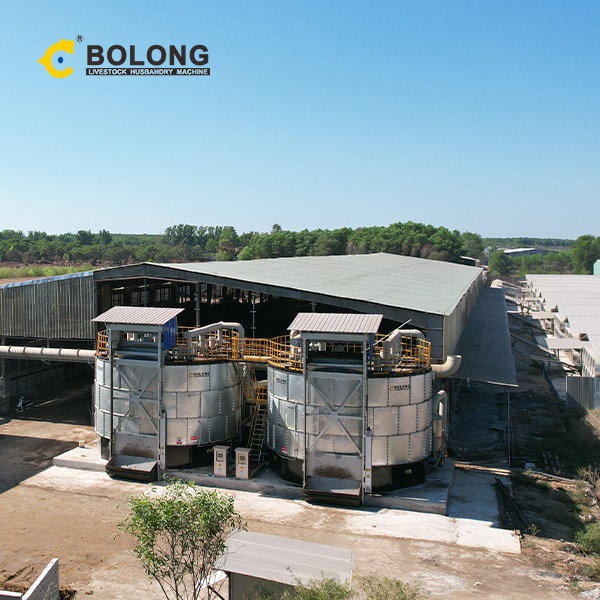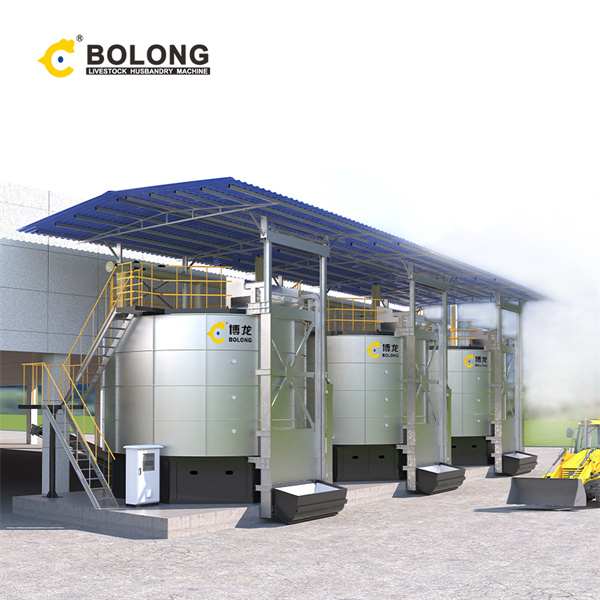
Mar 8, 2022 · A fermenter (bioreactor) is a closed vessel with sufficient aeration, agitation, temperature, and pH regulation arrangements and a drain or overflow vent to extract the waste biomass along with its products from cultured microorganisms. The fermenter is intended for the production of biological products. The fermenter’s design and mode of

May 23, 2024 · 1. Fermenter Vessel. A fermenter is a large cylinder closed at the top and bottom connected with various pipes and valves. The vessel is designed in such a way that it allows to work under controlled conditions. Glass and stainless steels are two types of fermenter vessels used. The glass vessel is usually used in small-scale industries.

Jun 15, 2019 · Outside of the food industry, ethanol fermentation of plant products is important in biofuel production. Figure 7.4.1 7.4. 1: The chemical reactions of alcohol fermentation are shown here. Ethanol fermentation is important in the production of alcoholic beverages and bread.

A Fermentor is a device used to accomplish the fermentation process by using microorganisms, and for this reason, it is also called “ Biofermentor or Bioreactor “. It is equipped with all the elements that are necessary to carry out the commercial production of substances like antibiotics, enzymes, beverages etc. in many industries.

May 21, 2024 · Part of the cellular reaction still occurs, and some ATP is formed. Less efficient than the oxygen process, aerobic fermentation creates acids in the cells that cause muscle fatigue and eventual failure. It also uses glucose less efficiently, which is why high-energy activity with a long period of aerobic fermentation will cause rapid energy loss.

Jun 15, 2023 · A6. Using oxygen during fermentation can promote healthy yeast growth, increase cell count, and produce a higher alcohol percentage. It can also help reduce fermentation time and improve the flavour of the final product. Discover how oxygen in fermentation influences brewing, winemaking, & food production.

The advantage of SSF to the separate hydrolysis and fermentation (SHF) on citric acid fermentation was compared based on the rigorous Aspen Plus modeling. The techno-economic analysis indicates that the minimum citric acid selling price (MCSP) of $0.603 per kilogram by SSF was highly competitive with the commercial citric acid from starch

Oct 1, 2014 · DOI: 10.1016/J.PROCBIO.2014.07.003 Corpus ID: 85096047; Aerobic submerged fermentation by acetic acid bacteria for vinegar production: Process and biotechnological aspects @article{Gullo2014AerobicSF, title={Aerobic submerged fermentation by acetic acid bacteria for vinegar production: Process and biotechnological aspects}, author={Maria Gullo and Elena Verzelloni and Matteo Canonico}, journal

Aerobic fermentation is a metabolic process by which cells metabolize sugars via fermentation in the presence of oxygen and occurs through the repression of normal respiratory metabolism (also referred to as the crabtree effect in yeast).

Sep 23, 2022 · Therefore, accelerating the technological innovation that could help augment the utilization and processing of GA production by microbial fermentation has become highly necessitated . Gluconobacter oxydans (G. oxydans) is a representative obligate aerobic bacterium known for rapid but incomplete oxidation of various sugars and polyols [13,14,15].

Jun 26, 2024 · Choose the correct statement: a) Oxygen is the most important gaseous substrate for anaerobic fermentation. b) Oxygen is not a limiting factor for aerobic fermentation. c) Oxygen is highly soluble in water. d) Loop fermenter is a tank or column with a liquid circulation loop. CORRECT.

Apr 8, 2022 · Fermentation products highly affect the foaming behavior of the culture broth and thus the suitability of the application of foam fractionation. Therefore, it is inevitable to determine if the desired product qualifies for foam fractionation when considering its application.

Oct 13, 2020 · Oxygen plays a pivotal role in aerobic fermentation. Aerobic microorganisms generally require large amounts of oxygen to generate NAD(P)H or FADH 2 and ATP for metabolism.

Aug 8, 2023 · Conversely, a highly aerobic fermentation that requires aseptic operation, as many precision fermentation processes do, has a low probability of success in a non-sterile beer, wine, or corn

1. Batch fermentation: This is the simplest fermentation process and still the most common process design used. The process starts with a constant amount of substrate, which is converted into biomass and bioproduct. In the case of an aerobic fermentation air might be continuously added to the fermentation process.